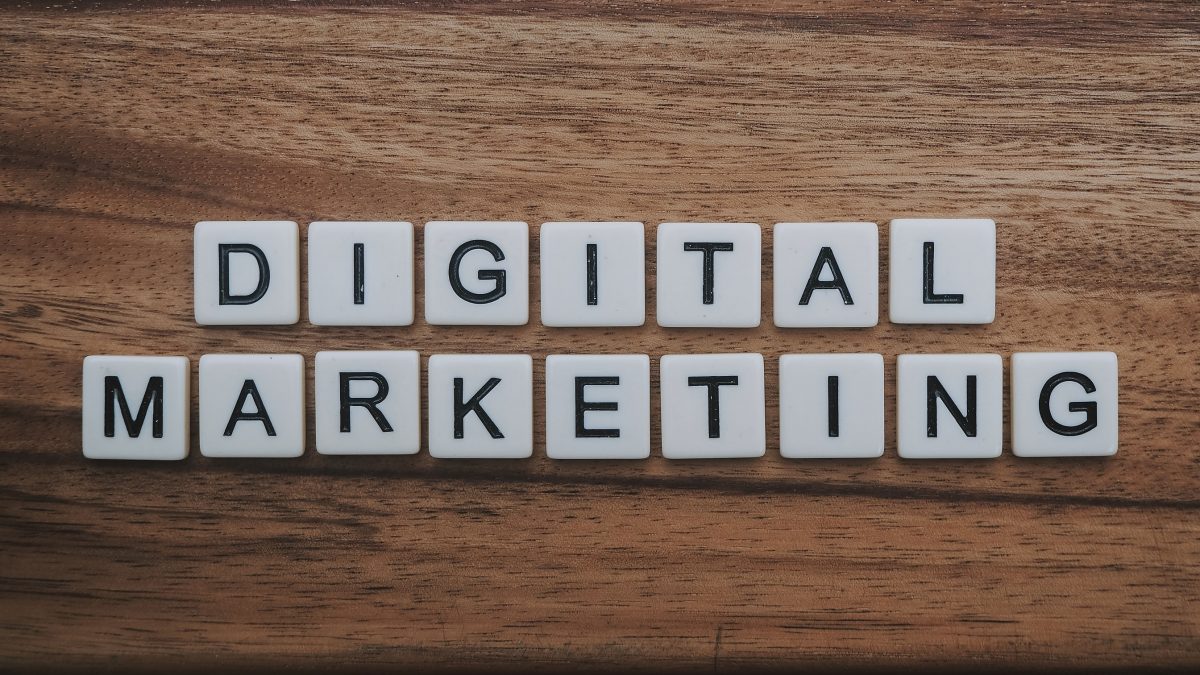For any nonprofit, it is essential to keep reaching out to as many potential donors as possible. The donor base, in any geography, is not a monolithic or static entity. It keeps evolving. The demographic characteristics of the audience whose contribution constitutes the largest share of our donation economics keep shifting. Their motivations change.
In keeping up with these shifts, nonprofits need to be attentive to their marketing channels. They need to have their data ready on which marketing channel is catering to whom and how a nonprofit can better approach that audience segment by leveraging their digital marketing efforts.
For instance, data shows that although social media has its maximum penetration among adults within the age group between 18 and 29, 67% of adults over 60 use Facebook. What it implies is that, for any nonprofit, it would not be prudent to cut off the 60+ age group from its social media communications, at least on Facebook.
Another insight shows that contrary to the popular belief that people are shifting away to newer social media platforms like Instagram and Snapchat, 86% and 73% of Americans still use Facebook and Youtube.
These insights show that to attract the widest range of potential donors, nonprofits must be careful while strategizing their digital marketing initiatives. In this article, we present you with five effective ways to attract more donors through digital marketing.
Leverage Peer-to-Peer Campaigns
A unique aspect of any social media platform is that a user of a particular demographic is connected to people belonging to other demographics, creating a vast network of people of all ages and walks of life. Peer-to-peer campaigns help you tap into one of your existing donors as your ambassador and, subsequently, reach their diverse network of friends and family.
In peer-to-peer campaigns, volunteer fundraisers can host fundraising campaigns for your nonprofit and promote them to their network. As a beneficiary of this system, you can aid and contribute to these peer-to-peer campaigns by helping promote them and increase engagement. For instance, you could add a gamification element to the campaign by rewarding or recognizing top donors and volunteers. You can also promote the content created by the campaign creator on your main page as a way to increase the momentum of their campaign and help boost its reach and engagement.
Always have sharable assets on hand — like impact videos and other branded content — that users can post on their social media platforms while they host their peer-to-peer campaign.
Create Different Audience-Channel Combinations
Every digital marketing platform has its own set of users and distinct demographic characteristics. Content that works well on one platform may not work effectively on the other. Moreover, each social media platform has something that it does the best.
Optimize your digital channel mix to cover all the purposes you want your campaign to achieve. For instance, Facebook attracts the broadest audience and is the best platform to promote branded content that links directly to your website or donation page. At the same time, you must leverage Instagram with compelling visual material to penetrate deeper into the younger donor base.
Twitter is the perfect channel to market your nonprofit as an organically coherent, personable brand. Use Twitter to interact directly with your community and other people and organizations that are relevant to your cause. This helps to a large extent to build a loyal base of engaged supporters and donors.
Utilize Backlinks and Influencers to Improve Engagement and Traffic
We often forget that it’s the organization’s website that is the core of its digital marketing efforts. Using social sharing icons on all your web pages is a great idea, but your website also needs to have sufficient backlinks. Backlinks are links from one website to another. When other websites link to your website, Google sees this as a sign that your site is valuable, which will increase your SEO ranking. (Learn all about SEO for nonprofits here).
So, how do you get more websites to link to yours? Partner with similar organizations and offer to write a guest blog that’s relevant to the work you both do. Partner with industry “influencers,” or people who are relevant to the work that you do and have a large following, and ask to collaborate on creating online content that will be mutually beneficial for both of you.
Backlinks and partnerships with other people and organizations build your credibility on Google and within your industry, respectively. Gaining that trust and engagement will help organically drive traffic to your website and socials.
Retarget those Who Bounced
Attracting more donors also includes targeting users who left your profile or page without completing a donation or a gift. These users make up your “bounce rate,” or the rate at which people left your site without taking the desired action, like filling out a donation form. Retargeting gives these bounced users a chance to come back to your website and interact with your nonprofit again.
Facebook, as well as Google and other online ad services, offer retargeting ads, or ads specifically targeted at people who have interacted with your brand before, whether on social media or off. While online advertising costs money, it’s usually the most effective way to drive traffic to your site.




 Storytelling Tips for Every Nonprofit
Storytelling Tips for Every Nonprofit